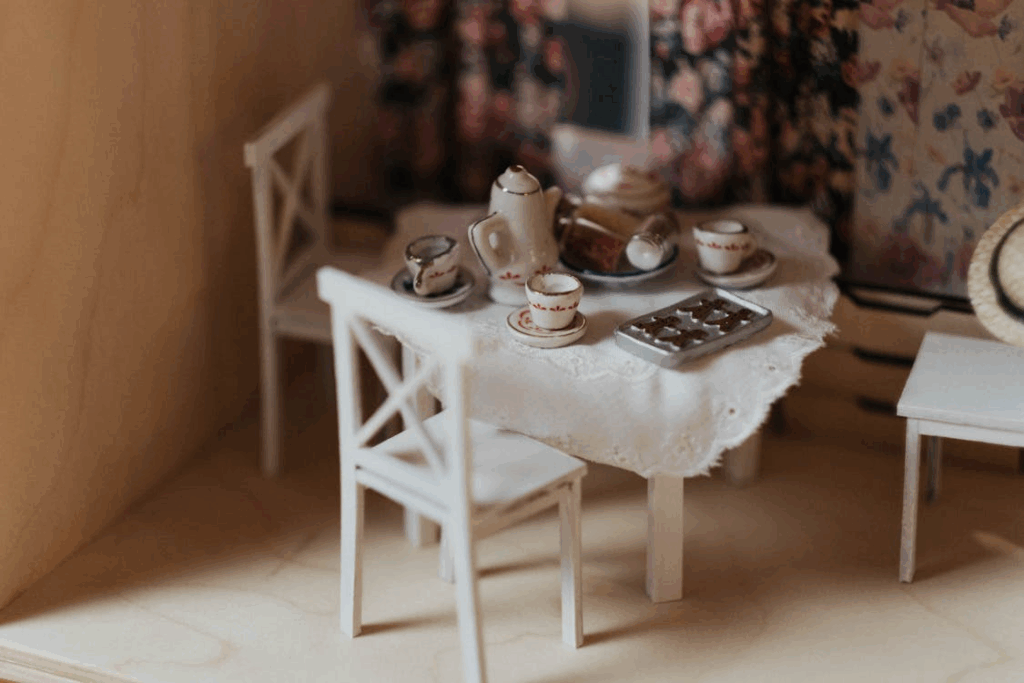You walk into a place you’ve never been before, yet something about it feels uncannily familiar. For a split second, it’s as if you’ve lived this moment already—then the feeling vanishes. That eerie flash of recognition is déjà vu, a French term meaning “already seen.” It’s a universal experience, yet one of the most mysterious sensations our brains produce.
For decades, scientists have sought to understand why déjà vu happens. Is it a glitch in memory, a momentary time-loop illusion, or proof of something more profound? Modern neuroscience is bringing us closer to an answer, and it’s even stranger than fiction.
Memory Glitches in Real Time
For most of us, déjà vu strikes without warning. Psychologists now believe the experience results from a temporary misfire between the brain’s memory and perception systems. Specifically, déjà vu seems to occur when the temporal lobe, responsible for memory formation, mistakenly flags a new experience as familiar.
In simple terms, your brain’s “familiarity detector” fires when it shouldn’t. It recognizes a situation that shares vague similarities with past experiences—such as lighting, layout, or sound patterns—and mistakenly labels it as a memory. That’s why déjà vu feels like recalling something specific, even though you can’t pinpoint when it supposedly happened.
Researchers using brain scans have found that déjà vu activates the hippocampus and parahippocampal gyrus, regions linked to memory recognition. But unlike normal recall, déjà vu lacks the context that accompanies an actual memory. It’s your mind saying, “I’ve been here before,” without being able to tell when or how.
Read The Mandela Effect: Why Entire Groups Remember Things Wrong to understand how memory can fool whole groups.
What Triggers the Illusion
Déjà vu is more common among young adults and people who travel frequently or experience high levels of stress and fatigue. It’s also reported more often by those with vivid imaginations or frequent dream recall. The phenomenon can be triggered by subtle details, such as an arrangement of furniture, a tone of voice, or even a scent, that loosely match something in your memory bank.
Interestingly, déjà vu has been observed in clinical settings among patients with temporal lobe epilepsy. In those cases, small bursts of electrical activity in the brain can induce déjà vu sensations before a seizure. This finding supports the theory that déjà vu is a neural hiccup—a false alarm from the part of the brain that checks whether something feels familiar.
Some researchers propose another intriguing idea called dual processing. According to this model, your brain briefly processes the same information along two pathways—one slightly delayed. When the second signal catches up, it feels like repetition, as if the moment has already happened. It’s your mind accidentally replaying itself by milliseconds.
Check out How Algorithms Decide What You’ll See Next for more on pattern-spotting.
Why We Find It So Fascinating
What makes déjà vu so captivating is that it blurs the boundary between present and past, reality and imagination. In that brief flicker, we sense the possibility of hidden patterns or parallel timelines—ideas that have inspired countless stories, films, and spiritual theories.
But from a psychological standpoint, déjà vu offers something even more profound: proof that our perception of time and memory is fragile. It reveals that “familiarity” isn’t about facts but feelings. Our minds are constantly comparing the present to our vast library of experiences, and sometimes, that comparison produces a perfect illusion.
Déjà vu is your brain momentarily mistaking the now for the then. It’s a reminder that human memory is not a flawless archive but a living, adaptive process. And it’s one that sometimes loops on itself in beautiful, mysterious ways.
If inner experience fascinates you, browse Why Some People Don’t Have an Inner Monologue.




